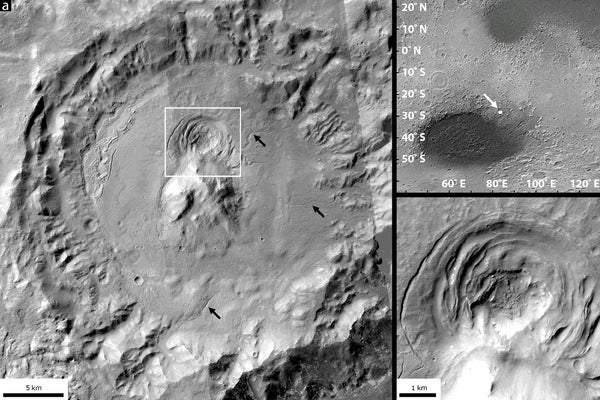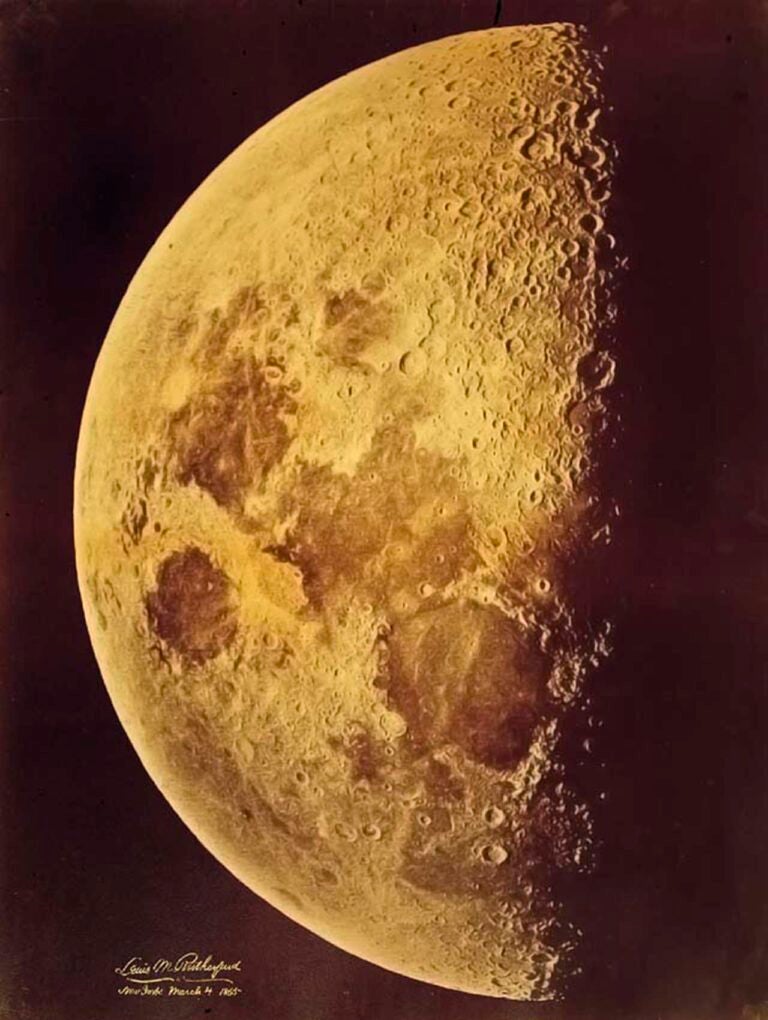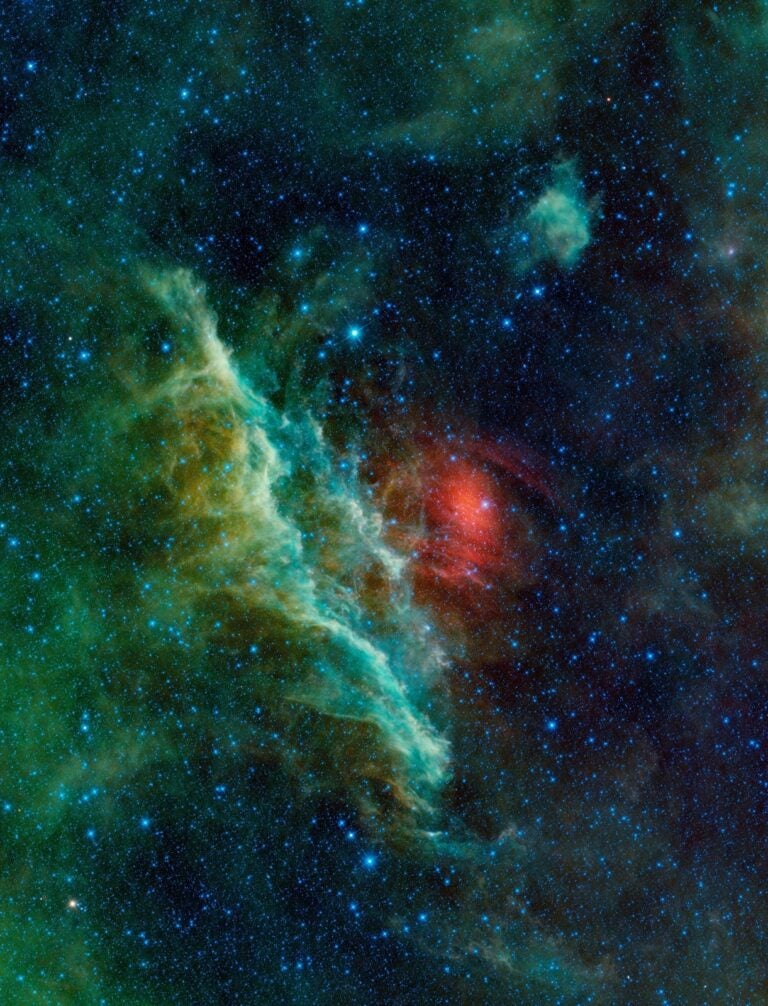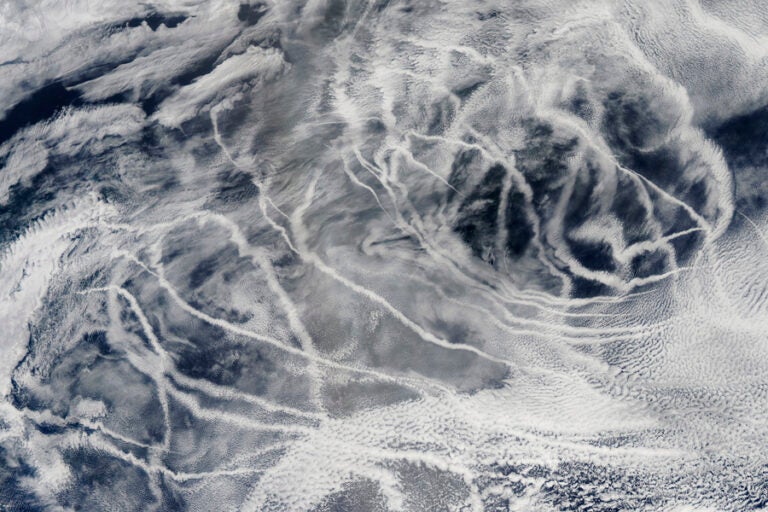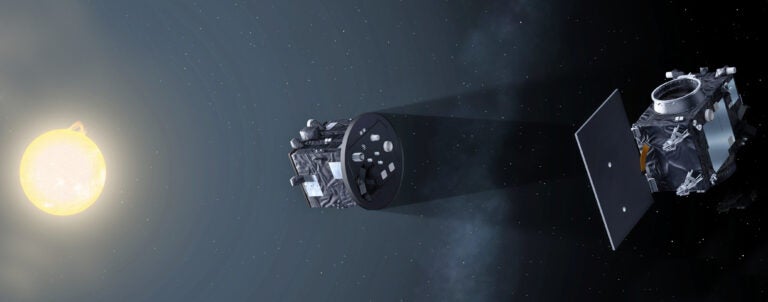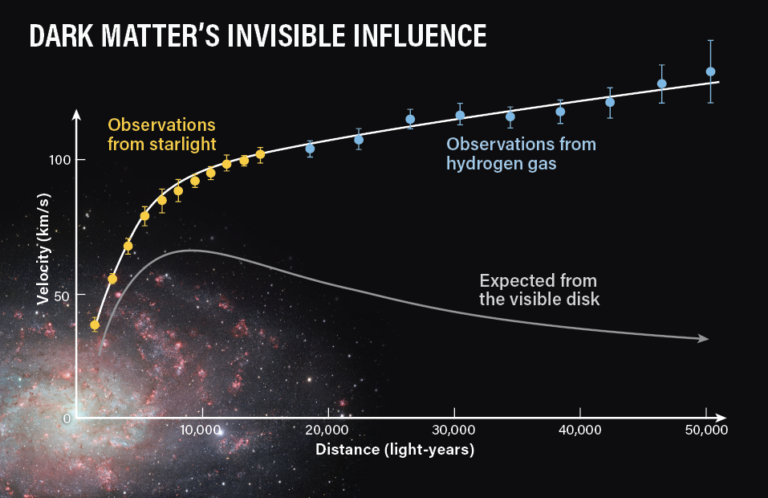Scientists are studying funnel-shaped craters similar to ones found on Earth in their search for life on Mars.
These craters are similar to “ice cauldrons” on Earth, caused by volcanic eruptions under ice, can release a primordial concoction that promotes microbial life.
Lead author of the study and research associate at the University of Texas Institute for Geophysics Joseph Levy said in a on CSMonitor that they were “drawn to this site because it looked like it could host some of the key ingredients for habitability–water, heat, and nutrients.”
After looking at the photos from NASA’s Mars Reconnaissance Orbiter, Levy and his team noted cracks along the indentations that were similar to ones seen in Iceland and Greenland.
Levy and his colleagues wrote about similar depressions found in Hellas and the Galaxias Fossae region in Icarus, the International Journal of Solar System Studies. Further studies suggest the depression on the Galaxias Fossae may be from debris impacts.
Should these craters on Mars actually be ice cauldrons, they may contain necessary ingredients for human life.

